How to properly plant a salad to harvest all summer
Growing lettuce on your site allows you to supplement the diet with tasty, healthy, vitamin greens all summer. There are many varieties of salads: leaf, cabbage, asparagus, lollo rossa, corn. All these species grow well in the open field, and care for them is minimal.
Lettuce
The most famous is lettuce, the cultivation of which is widespread. This group includes several varieties.
- Leaf salad. At first, a rosette of leaves forms, and then a stem begins to form, which over time becomes overgrown with rare leaves. The leaf rosette has nutritional value, so you need to collect it without waiting for the stem to start growing.
- Semi-cabbage or cabbage. It differs in that the central leaves fold into a loose ball in whole or in part. The head of cabbage is very loose, light in weight.
- Asparagus salad - a new species up to 80 cm high, in which not only leaves are eaten, but also a thick, juicy trunk.
- Lollo rossa - this variety of lettuce is singled out in a separate group due to the unusual shape of its leaves. They are intricately cut, corrugated, collected in a very dense rosette. In some varieties of this species, medium leaves tend to wrap themselves in a small head of cabbage. The color is dominated by brown, or with a transition from green to burgundy.
Lettuce grouped together have the same requirements for growing conditions: they like loose, light soil, tolerate a little shade during the day, and slow down growth during long daylight hours. Cold-resistant lettuce. It can be planted before winter or sown in early spring when the soil warms up slightly.
Leaf and head salads differ in that from leaf, if necessary, you can not pick off all the leaves at once, but only the outer ones. The remaining leaves continue to grow. The whole forks should be cut off from the cabbage. At the same time, the largest heads of cabbage are chosen. If they are left in the garden, they will shoot and acquire bitterness.
The same can be said for lollo rossa salad. Its leaves, torn off separately, quickly wither and lose their appearance. If you cut it off with a stem, then the shelf life can be extended to 5 days by wrapping the plant in cling film and placing it in the refrigerator.
Asparagus salad is very unusual: during the entire growing season, leaves are plucked from its stem for food. The more leaves are removed, the thicker and juicier the trunk becomes. For consumption, it is cut off before the buds appear, and in order to remove the bitterness from it, they are dried in the shade.
Root salad is not very common in our areas, although it stands out against the background of other salad crops in that you can collect its leaves from the very early spring until the onset of frost.
Asparagus salad
Asparagus salad is suitable for any climate. The Svetlana variety is considered universal. Technical ripeness occurs in 100 days. Up to 50 leaves are harvested from one plant, which have excellent taste. The Svetlana variety is resistant to white rot.
This salad vegetable got the name "asparagus" due to the fact that its stem tastes like asparagus.
Growing lettuce is carried out outdoors, the soil should be neutral or slightly acidic.
In cold regions, asparagus salad is best planted in spring. If the winter temperature does not fall below 10-12 °, then an autumn planting is recommended, this will allow you to cut off the leaves in early summer.
Seeds are sown immediately to a permanent place. To prevent early germination of seeds, sowing is carried out when the night temperature ceases to rise above 1-3 °.
In spring, asparagus salad can be grown both by seedlings and by sowing seeds directly to the garden. To collect leaves without downtime, sowing is done in stages, with an interval of two weeks. Last planted in June. A plant planted in summer is suitable for winter storage. In October, a trunk with roots is dug up, placed in the basement. Sprinkle the roots with sand. The care consists in keeping the sand moist. Taste qualities remain until January.
Germination temperature - from 12 °, seedlings are not afraid of a drop in temperature, they can withstand prolonged frosts down to -2 °. After a constant temperature is established above 20 °, the asparagus salad begins to grow and grow the stem.
Planting seedlings in the ground is carried out at a distance of 25-30 cm between seedlings. If the seeds are sown in the garden, then thinning is carried out, leaving the largest plants.
Care consists in frequent watering. Asparagus salad loves moisture; 5-6 plants will require 2 buckets of water.
Important!
With a lack of water, the leaves acquire bitterness, early budding begins. Because of this, the stem coarsens and is not eaten.
Care includes feeding. Rotten manure is best suited for this, which is diluted with water (1: 5), insisted for a day and watered at the root.
Leaves begin to be harvested when more than 10 of them are formed. Leaving them on the plant is not necessary, this will prevent the stem from gaining volume. After 3 months, the asparagus salad is removed from the garden. Further growth will cause coarsening of the trunk pulp.
Lollo rossa salad
Growing lollo rossa lettuce, leaf lettuce and head lettuce is carried out in the same way. All these species are demanding on watering and lighting, so the choice of a place must be approached responsibly.
Lollo rossa is propagated by seed. They are sown outdoors in spring when the weather is warm. For an uninterrupted harvest, sowing seeds is carried out at intervals of 15 days. The last planting is in June or July, so that the stem has time to mature before the autumn frosts. The salad is ready to harvest in 45-50 days.
Lollo ross seeds are buried deep in the ground, 2 cm. Seedlings germinate in a week. The distance between rows must be at least 25 cm. Seedlings in a row must be thinned out. First, leave a distance of 5-7 cm, then up to 20. Thinned plants are used for food.
Advice
For lollo ross, a sunny area is needed, but it is desirable that a shadow falls on the garden bed in the midday heat. This will protect the delicate leaves from sunburn.
You can plant by seedling method. This is especially convenient for a batch of seeds that is scheduled to be planted in June. At this time, germination decreases due to the fact that the earth dries up quickly and the seeds lack moisture in the soil. Dry seeds do not germinate.
Before planting in open ground, seedlings must be accustomed to the sun by exposing them to bright light for several hours a day.
Lollo rossa care consists in abundant watering, loosening the soil and removing weeds. As with all salad vegetables, watering is required as often as the soil dries up. A lot of water is not required per plant. If the planting was carried out in a sunny place, then in the daytime, in the heat, it is recommended to shade the plants by stretching a thin agrofiber over them.
Advice
Lollo rossa, due to its early maturity, is suitable for growing between other vegetable crops. This will make room for other vegetables in the area. Also, this salad vegetable can be grown in a flower bed. The unusual shape and color of the leaves will decorate any flower garden.
Corn - field salad
This greenery is not known to all gardeners. Other names are field salad, mung bean salad, rapunzel.
This salad plant definitely deserves a spot on your site, and here's why:
- the root is frost-resistant, withstands frosts down to -10 °;
- undemanding to soil, has a short period of technical ripeness;
- minimal care is required.
Growing root salad is carried out in the beds.They do not plant in a greenhouse due to the fact that at an elevated temperature, its growth stops.
It can be planted in open ground both in autumn and spring. In winter, an additional layer of snow is thrown onto the garden bed, and in its absence, straw is laid on top, which is removed immediately after the frost stops.
The seeds are deepened into the soil by 1 cm, the distance between the plants is 20 cm, between the rows - a little more. In order to obtain a continuous harvest, the root is sown in batches at intervals of 10-15 days. In June, sowing is stopped due to poor seed germination at elevated temperatures, and resumed in August.
Care is simple - weeding, loosening and constant watering. Corn responds well to sprinkler irrigation.
Leaves are harvested one and a half months after sowing. If the collection is missed and buds have formed on the plant, you cannot eat the root.
Output
All types of salads are easy to clean. Primary requirements:
- loose soil, cleared of weeds;
- regular watering: without moisture, plants shoot or tie buds, the leaves become bitter, and the stems become fibrous;
- light shading in hot sun;
- harvesting before the formation of ovaries.
To obtain a harvest from spring to autumn, sowing is carried out in stages, with an interval of 10-15 days. All salads have different ripening times. Having picked up a small collection of different types and varieties, you can diversify your table with healthy salad vegetables.
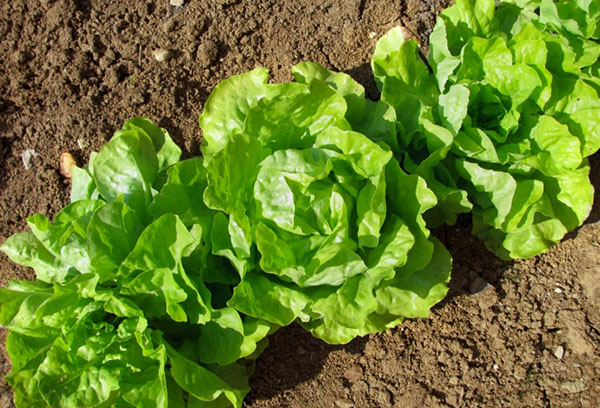
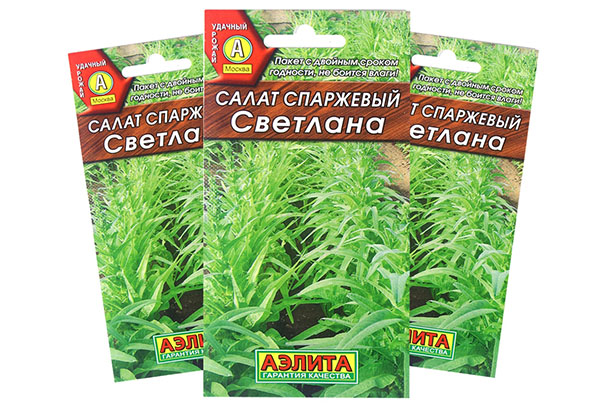
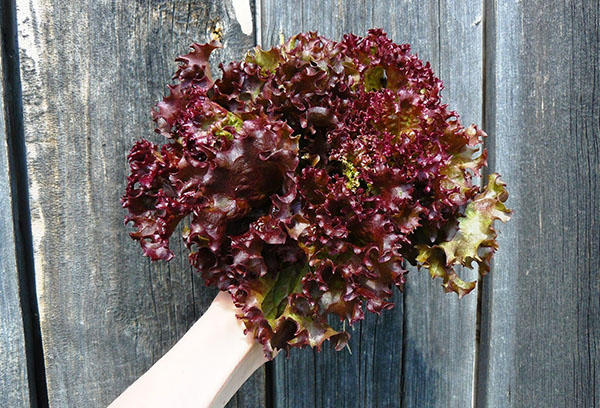
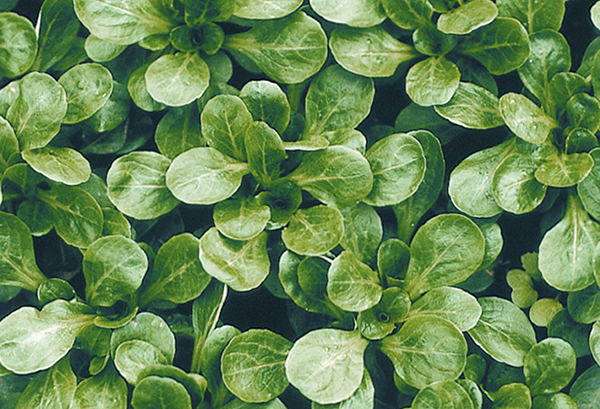
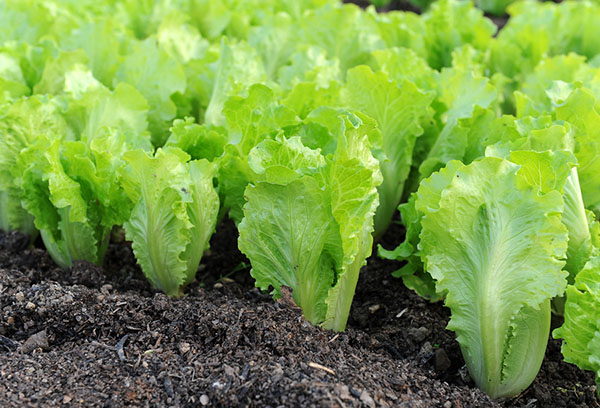
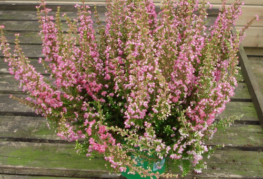
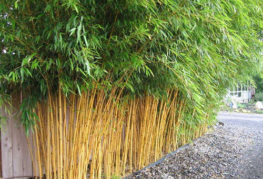
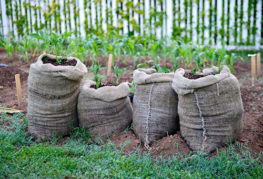
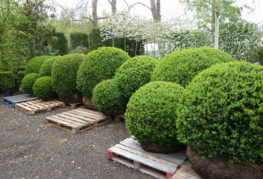
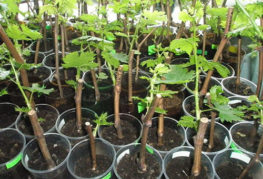
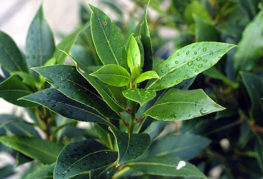
and will be published shortly.